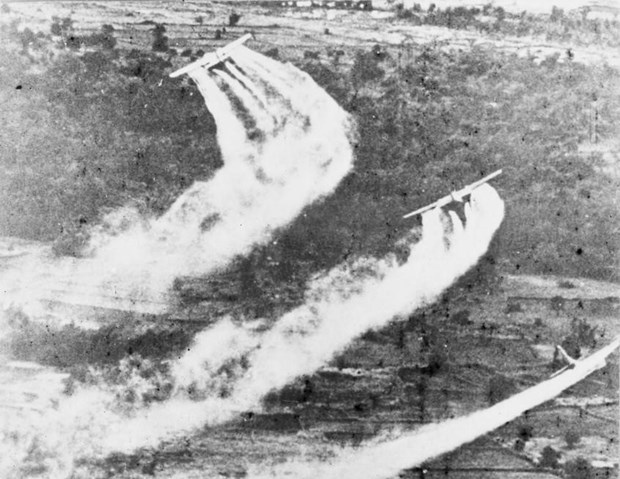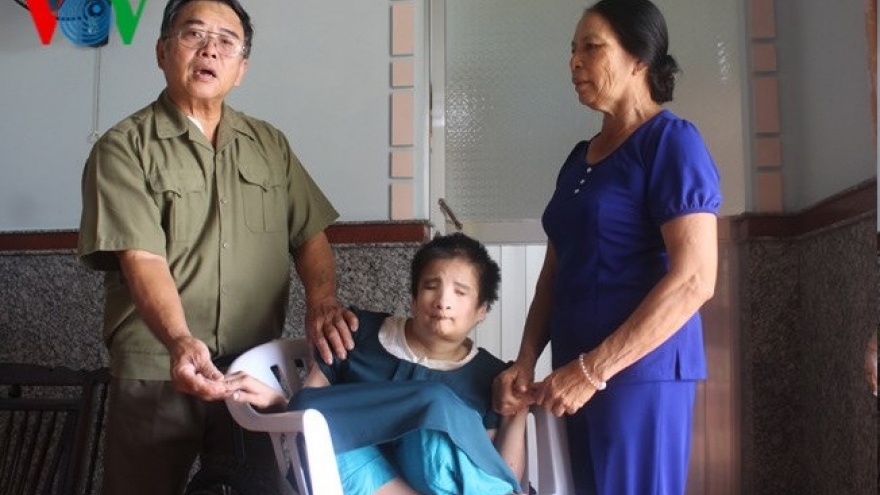National action plan on overcoming consequences of toxic chemicals/dioxin issued
Prime Minister Pham Minh Chinh has signed Decision No. 2215/QD-TTg promulgating the national action plan on overcoming the post-war consequences of toxic chemicals/dioxin in Vietnam for the 2021-2030 period.

The plan aims to deal with all hotspots and areas contaminated with toxic chemicals/dioxin left from the war in the country, specifically at A So airport in the central province of Thua Thien-Hue and Phu Cat airport in the central province of Binh Dinh by 2025, and at Bien Hoa airport in the southern province of Dong Nai and newly-discovered areas by 2030.
By 2025, over 85% of the risk of exposure to toxic chemicals/dioxin from contaminated areas will be controlled. The rate will reach 100% by 2030.
By 2030, the country will complete a list of victims eligible for the State's support to improve their lives. All pregnant women in highly contaminated areas will receive reproductive counselling to reduce disease risks.
As planned, agencies will review and fine-tune legal regulations and standards on overcoming the consequences of toxic chemicals/dioxin, raise public awareness of the effort, control areas at high risk, and ensure support for victims.
They will also strengthen State management and international cooperation, and call for social resources for the effort.

